
Central America
Hiking
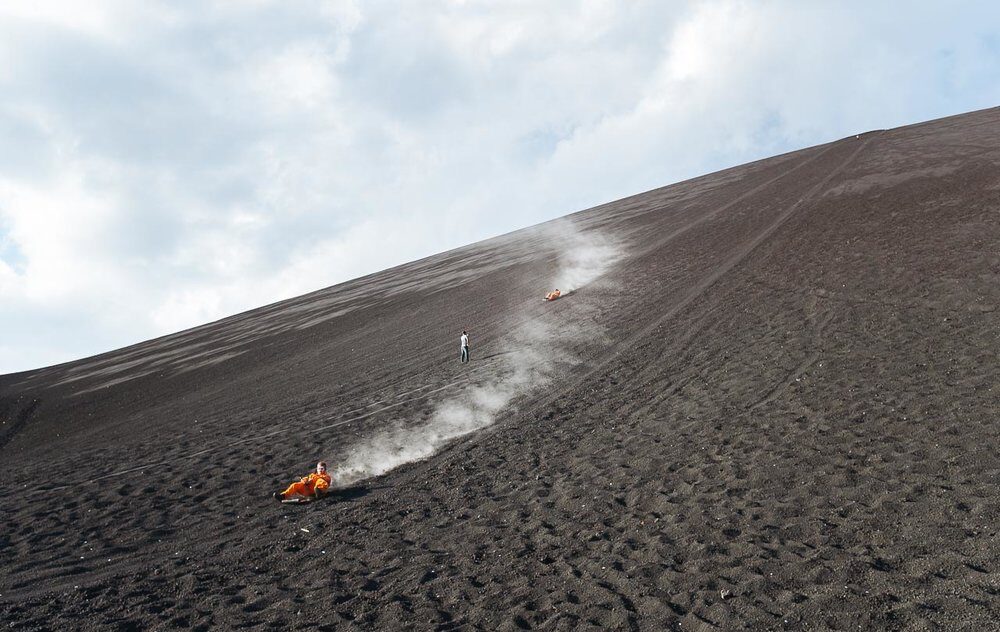
LEON, NICARAGUA
Extreme Level : 8/10
Best time: November – April
Volcano surfing /boarding – board and surf down the very active Sierra Nevada Volcano
Good news:
- you have heat-resistant suit
Bad news:
- use your feet for breaks, volcanic rocks on the way, 90 km/ph speed, tend to be very active volcano
Europe
GR 20 (Corsica), FRANCE
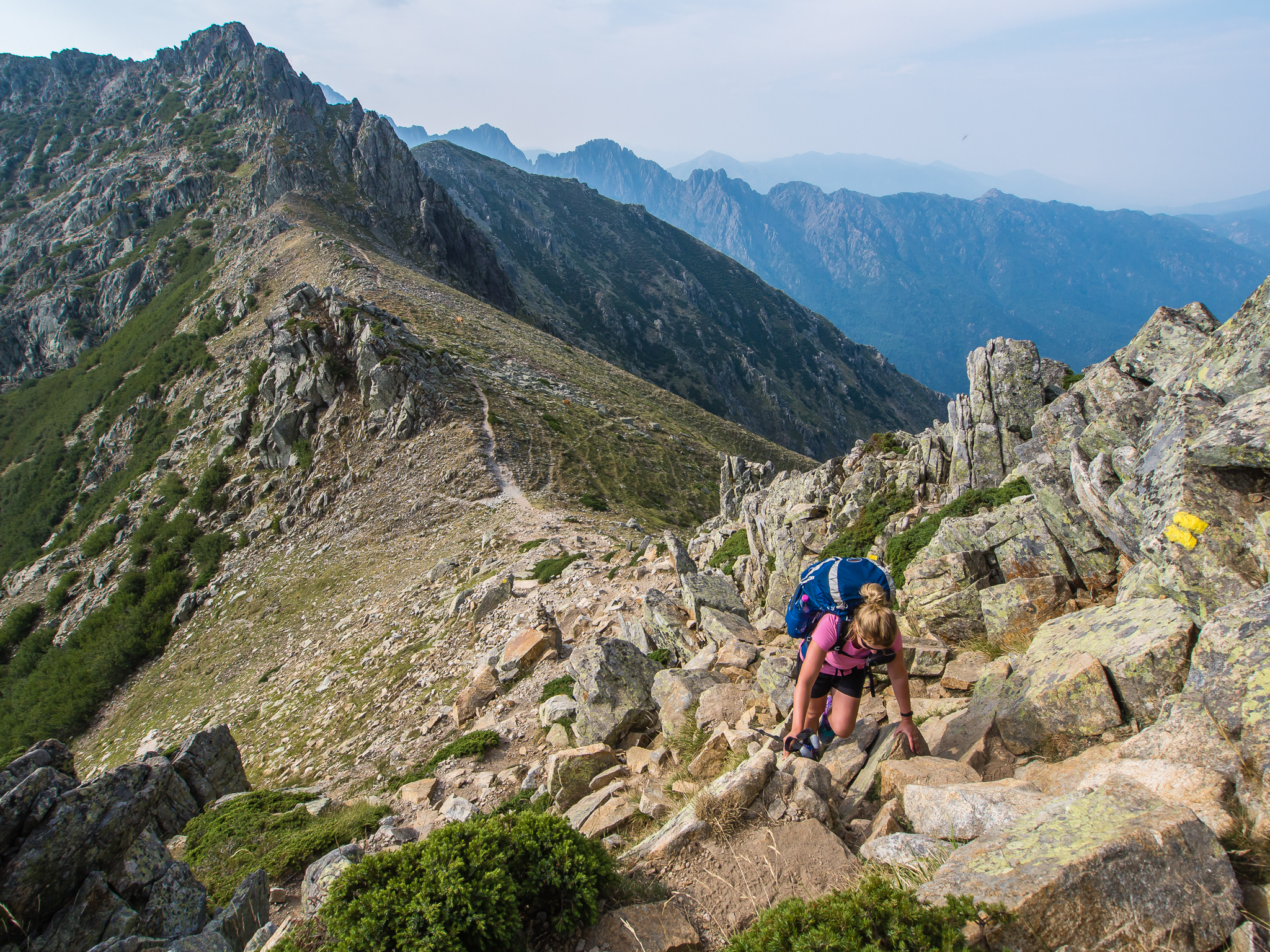
Extreme Level : 7/10
Best time: June (late) – October (mid)
Hiking trail – walk through the rugged nature of Corsica’s mountainous area.
Good news:
- 180 km (112 miles)
- dangerous parts of the route are uniformly well marked
- trekking information is available to stay off the exposed areas
- crystal clear fantastic swimming holes on the way
- 360 degree panorama from the peak from the Corsica’s highest mountain – Monte Cinto (2,706 m/8,878 ft)
Bad news:
- can last from 5 to 16 days (depends on the speed of trekkers)
- wild camping is prohibited but can pitch your shelter right next to the refuges along the route however its also not difficult to find other camping spots.
Above the sea level | 2,706 m (8877 ft) |
VOSTOK STATION, ANTARCTICA
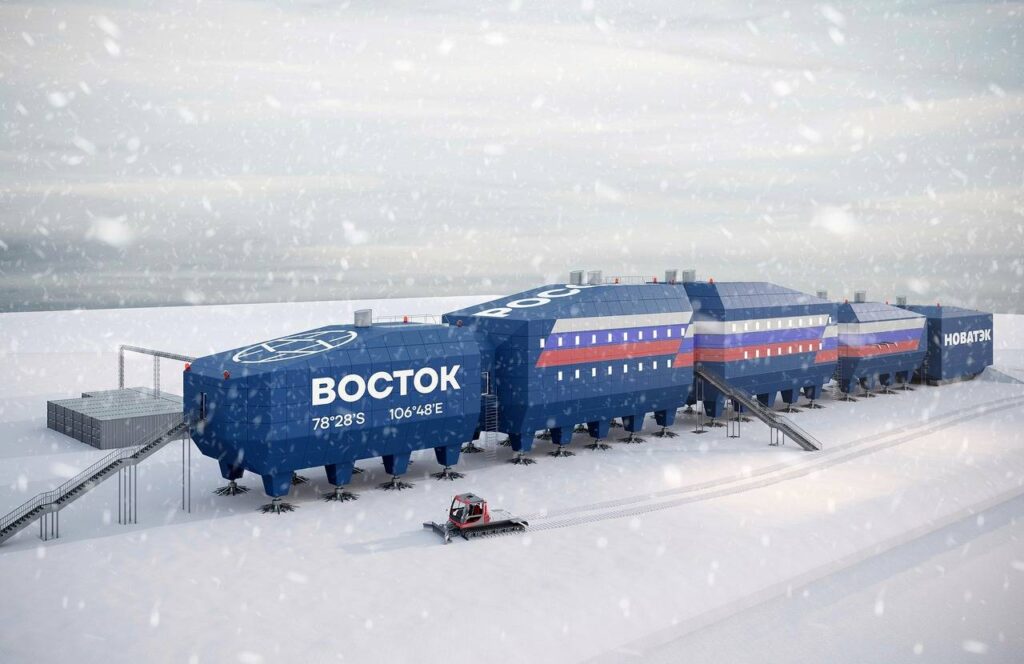
Extreme Level: 8/10
Best time: November – March
One of seven Soviet stations in Antarctica, drilling complex that known for revealing the subglacial Lake Vostok (among the most extreme environments on Earth), from 1957 the station lies at the southern Pole of Cold, temperature can reach far below freezing −89.2 °C /−128.6 °F. Station is operated by Russia, and located about 1,300 km/800 mi from the geographic South Pole, about 3,700 m /2.3 mi on top of ice
Good news:
- South Geomagnetic Pole is one of the optimal places to observe changes in the Earth’s magnetosphere
- Summer is the research season when the Station supports up to 30 people
- Tourists can visit the place by an expedition cruise
- Chance to see the abundant wildlife -penguins, seals, whales, seabirds… except the polar bears they live in he Arctic
Bad news:
- one of the coldest climate on Earth
- constant dark
- extreme low temperatures (−89.2 °C /−128.6 °F) and regular storms
- Living in such place could cause hazards dehydration, hypothermia, eyes sunburn, frostbite, and more
OYMYAKON, RUSSIA
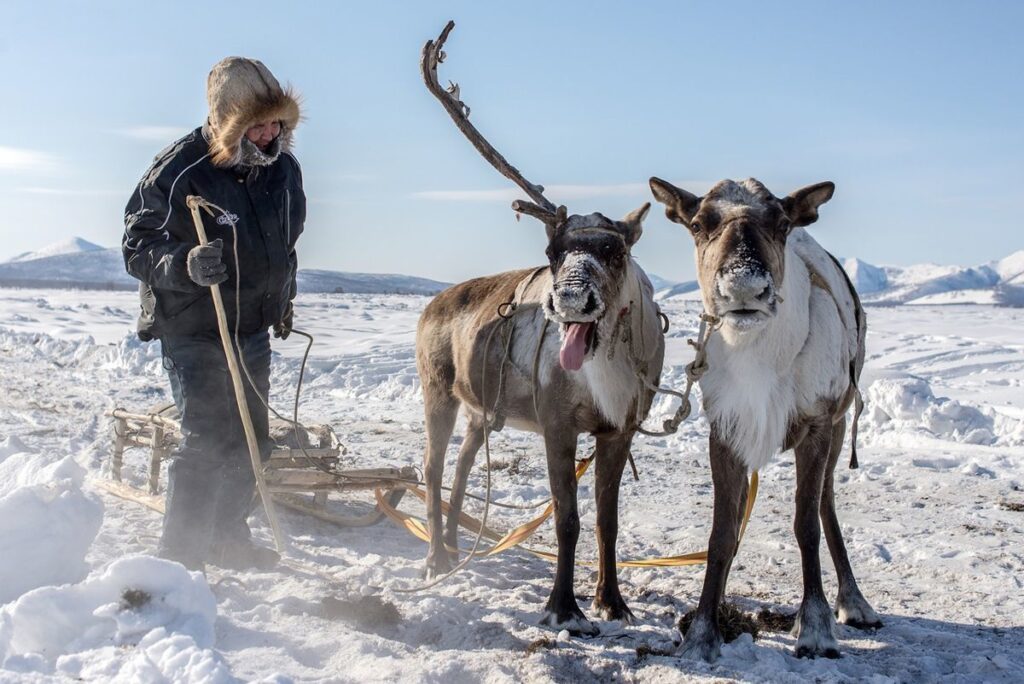
Extreme Level: 8/10
Best time: December – April (January is the coldest, July is the warmest (23° C/73.4° F)
Permanently frozen removed village in Sakha Republic, Russia, average temperatures -50°C / -58°F make it the coldest town worldwide (the lowest was -67°C/ – 89°F)… you can see how freezing is that even the deer’s horn fell off on the picture above 😬. Population of approx 500 people, back in time is a political exiles, named as “The Pole of Cold“, one road to the town was built during the Stalin times by GULAG prisoners
Good news:
- well its peaceful…
- many winter activities (likely to be free of charge and totally under your responsibility) snowmobiling, sledding, cross-country skiing, ice fishing if only you prepared to handle such extreme cold temperatures
Bad news:
- the coldest inhabited place on Earth
- remote town, utterly dark for up to 21 hours, difficult to grow anything
- meat of reindeer, horse and frozen fish is a local delicacies
- no official hotel available in the city directly
Middle East
oil themed 'extreme park’, Saudi Arabia
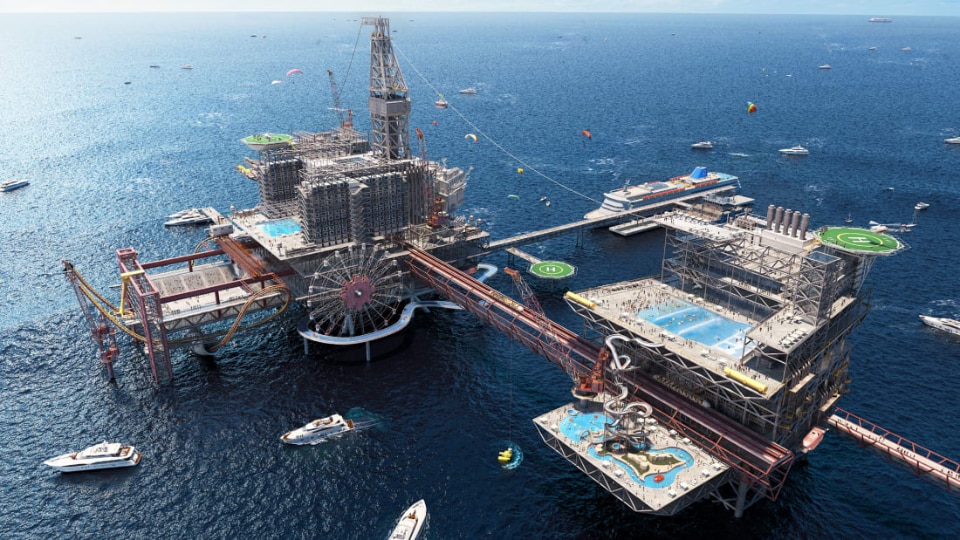
Extreme Level: 7/10
Best time: November – February (December could be most expensive)
Roller coaster, bungee jumping, skydiving – Oil rig as a theme park…Wait, whaaat??? Saudi Arabia go way far to win over other countries to get the trophy of world’s leading tourism destination. One of their creative ideas is using its petroleum industry as inspiration for a brand new tourist attraction! Engineers there love making surprises, we get that.
The plan was announced to convert an oil rig into a “extreme park” and “The Rig” resort in the Arabian Gulf. Apparently, from the news, including CNN travel this all will be about 150,000 square meters.
How cool is that to have roller coaster rides, bungee jumping and skydiving at the same place! 3 hotels with 800 rooms and 11 restaurants are also placed on the connected platforms just right next to the most exciting and thrilling activities.
By the way, “The Rig” resort/extreme park suppose to be accessible by boat, fancy yacht, or even by helicopter…or if you found of swimming but it could take you a while to get there 😉
Good news:
- 3 hotels and 11 restaurants spread over a number of connected platforms
- different adventures and aquatic sporting experiences at the same place
- multiple options of luxury hospitality
- aimed to be the home to the world’s fastest roller coaster when it launches (planned in 2023)
- Funded by Saudi Arabia’s Public Investment Fund (PIF)
- significant value to the local economy of Saudi Arabia
Bad news:
- country’s conservative laws restricting women’s freedoms
- offshore oil platform (which is interesting and exciting at the same time)
- expected to be crowded especially during the peak tourism time (November to February)
- might wait for a certain time to leave the resort – transportation system is unclear
- the cost for such adventure resort is not determined yet
- very high temperatures in summer (38 °C /100°F – 47 °C /117 °F)
North America
KALALAU (Hawaii), USA
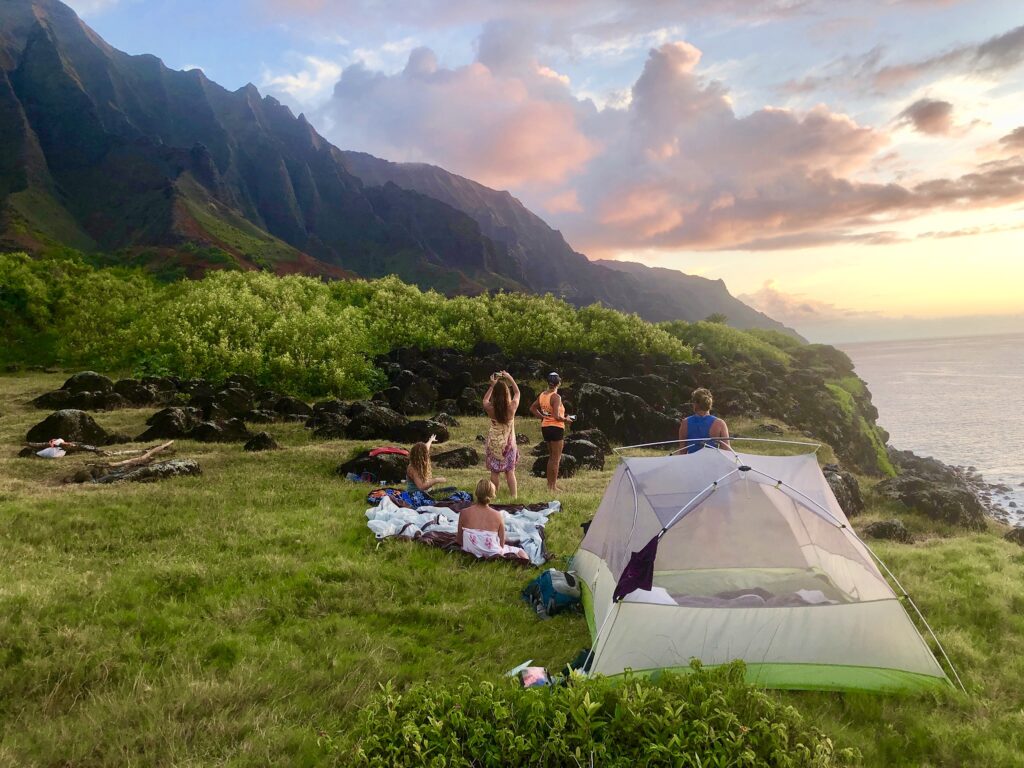
Extreme Level : 10/10
Best time: April – September
Hiking trail – the walk between jungle and volcanic slopes
Good news:
- 18 km (11 miles) long, access to the rugged and beautiful Na Pali coast
Bad news:
- Falling rocks, slippery, more than 100 fatalities and more than 110 hikers were rescued, one of the world’s most dangerous trails
Above the sea level | 243 m (800 ft) |
MOUNT RANIER (Washington), USA
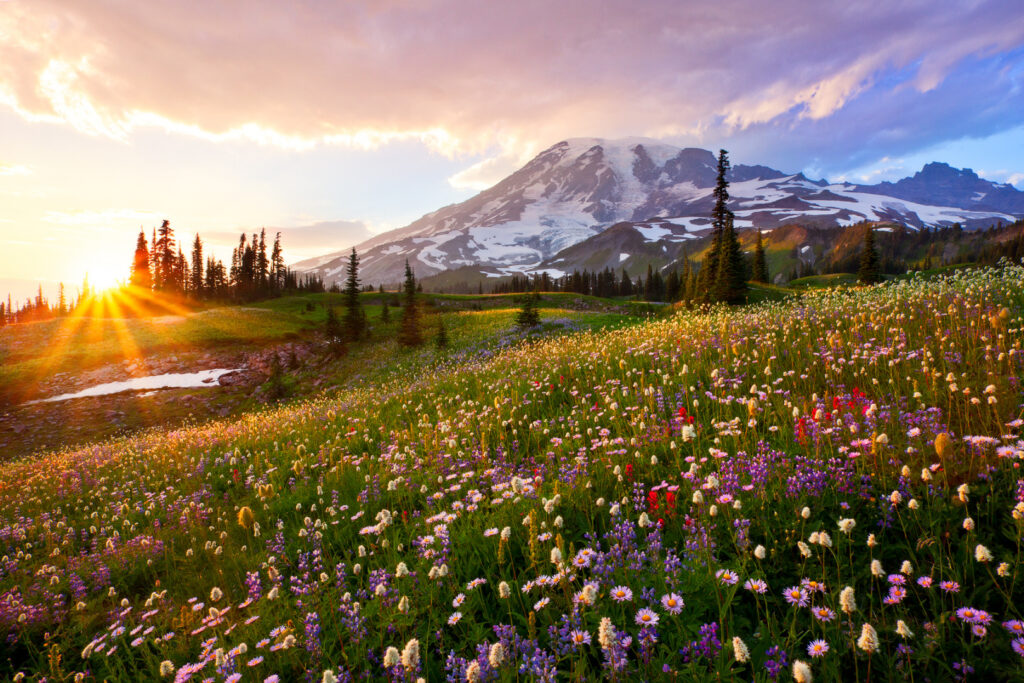
Extreme Level: 9/10
Best time: July – August
Hiking trail – walk through the old-growth forest of the river valleys, large active stratovolcano located in Mount Rainier National Park about 59 miles south-southeast of Seattle
Good news:
- located in Mount Rainier National Park, 95 km (59 miles), accessible year-round, view on the waterfall
Bad news:
- one of the most dangerous volcano, frequent earthquakes, active hydrothermal system, extensive glacier mantle
Above the sea level | 4,392 m (14,411 ft) |
THE MAZE CANYONLANDS (Utah),USA
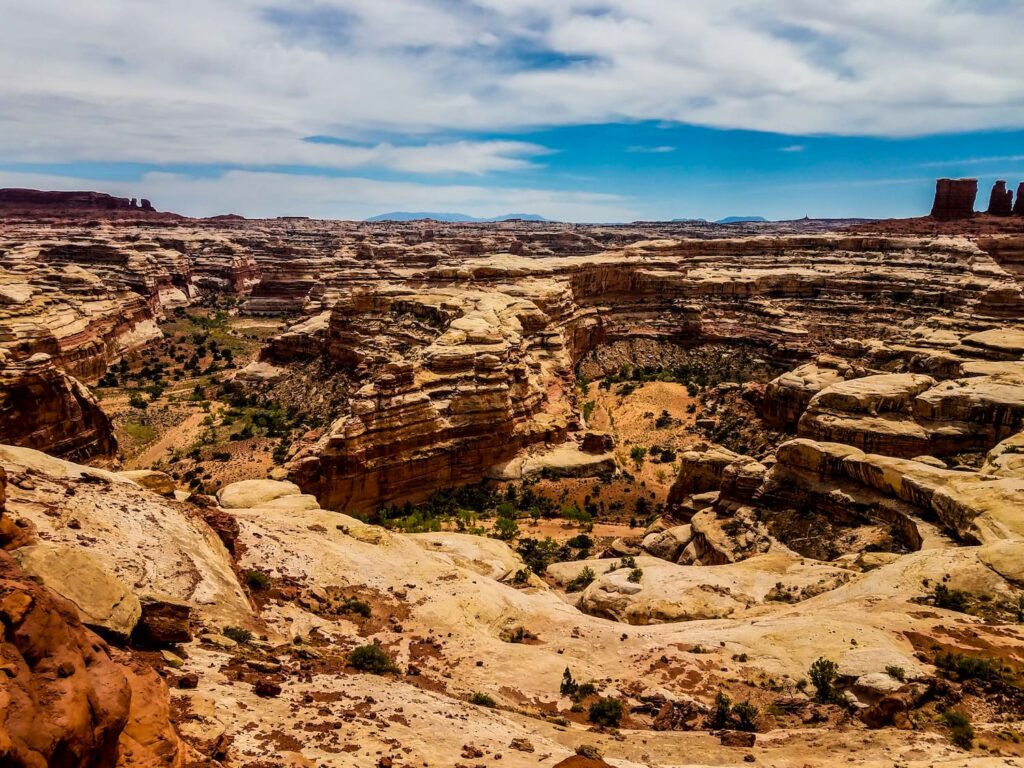
Extreme Level: 7/10
Best time: March – May , September – November
Hiking trail – mountain biking terrain, particularly for the 100-mile White Rim Road at Island in the Sky. The 100-mile White Rim Road loops around and below the Island in the Sky mesa top and provides expansive views of the surrounding area.
Good news:
- view the Harvest Scene, place of several prehistoric pictographs, amazing remote place, scenic view on red rocks surrounding
Bad news:
- not try it on a rainy day, remoteness, lack of water, floods, rockfalls, midget-faded rattlesnakes, scorpions, black widow spider
Above the sea level | 2,170 m (7,120 ft) |
ANGEL'S LANDING (Utah), USA
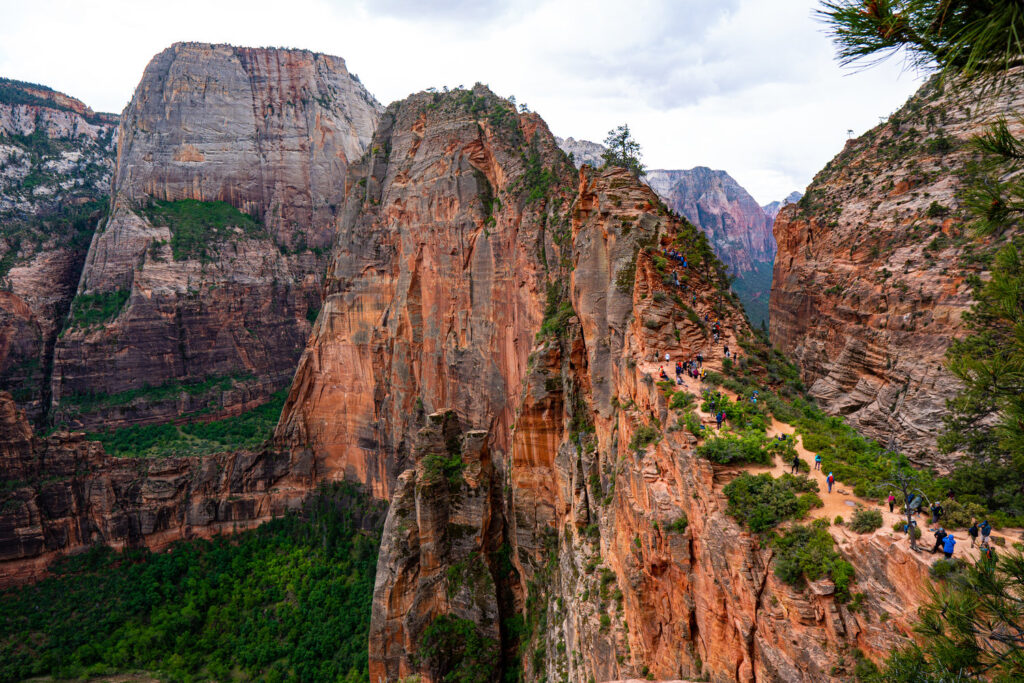
Extreme Level: 6/10
Best time: April – November
Hiking trail – walk through the stunning views of Zion Canyon’s 270-million-year-old rock layers, mountain formation that happened to be in the centre of the main canyon, viewpoint roughly 1500 feet above the canyon floor.
Good news:
- most renowned hikes, unforgettable trail adventure, famous public hike in the United States
Bad news:
- one of the country’s dangerous hikes, tall chunk of rock, no guardrails, very risky to do active spots on the trail or try and go around slower hikers
Above the sea level | 1,760m (5,790 ft) |
DEAD VALLEY (California), USA
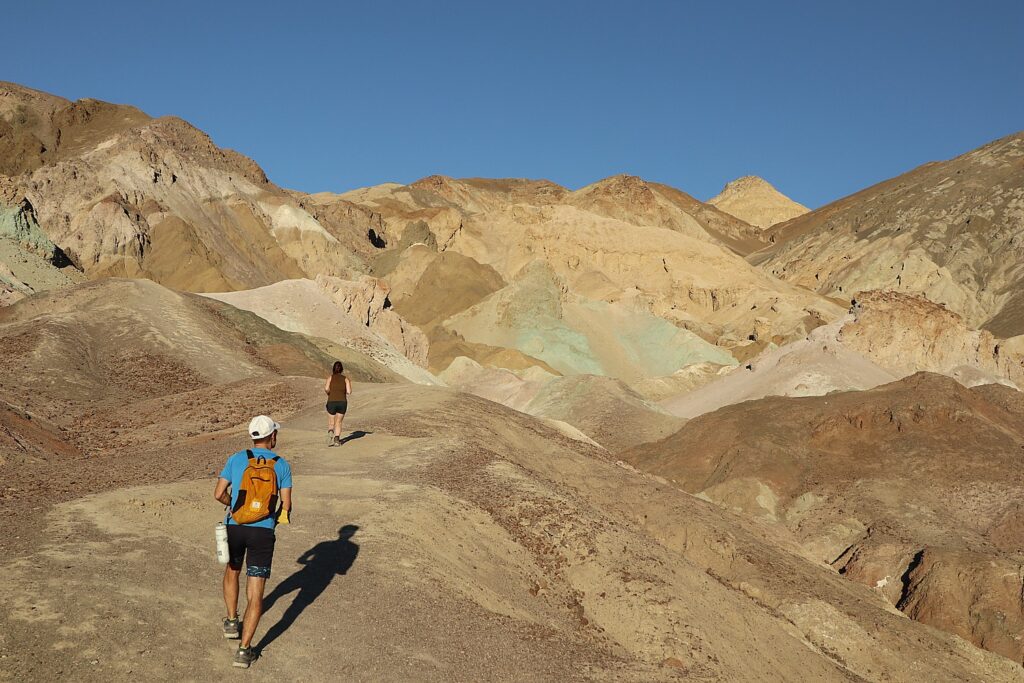
Extreme Level: 9/10
Best time: mid-October – mid-May
The driest and hottest national park located in state of California, blistering summer temperatures, magnificent landscape, and yet its a risky adventure!
Good news:
- beautiful area of desert wonders – sand dunes, salt flats, mountains, craters, and the lowest lake in North America. Chance to see the one of the most spectacular scenery of the top national parks in the United States in the Southwest
- The rescue technical team working 24/7 but might also have certain issues to reach you on time if you got lost in the desert
Bad news:
- extremely hot temperatures because the valley is narrow, blocking any air from circulating in or out, 56°C (134°F) was the hottest temperature recorded anywhere in the world registered in 1913 according to World Meteorological Organization’s Global Weather & Climate Extremes
- has the lowest elevation in North America— Badwater Basin (86m /282 ft below sea level). To forget the water in this desert would be a nightmare!
- sudden flooding during the winter months is also expected is this area but heat is still the main reason for more than dozen people’s deaths
South America
CHIMBORADO, ECUADOR
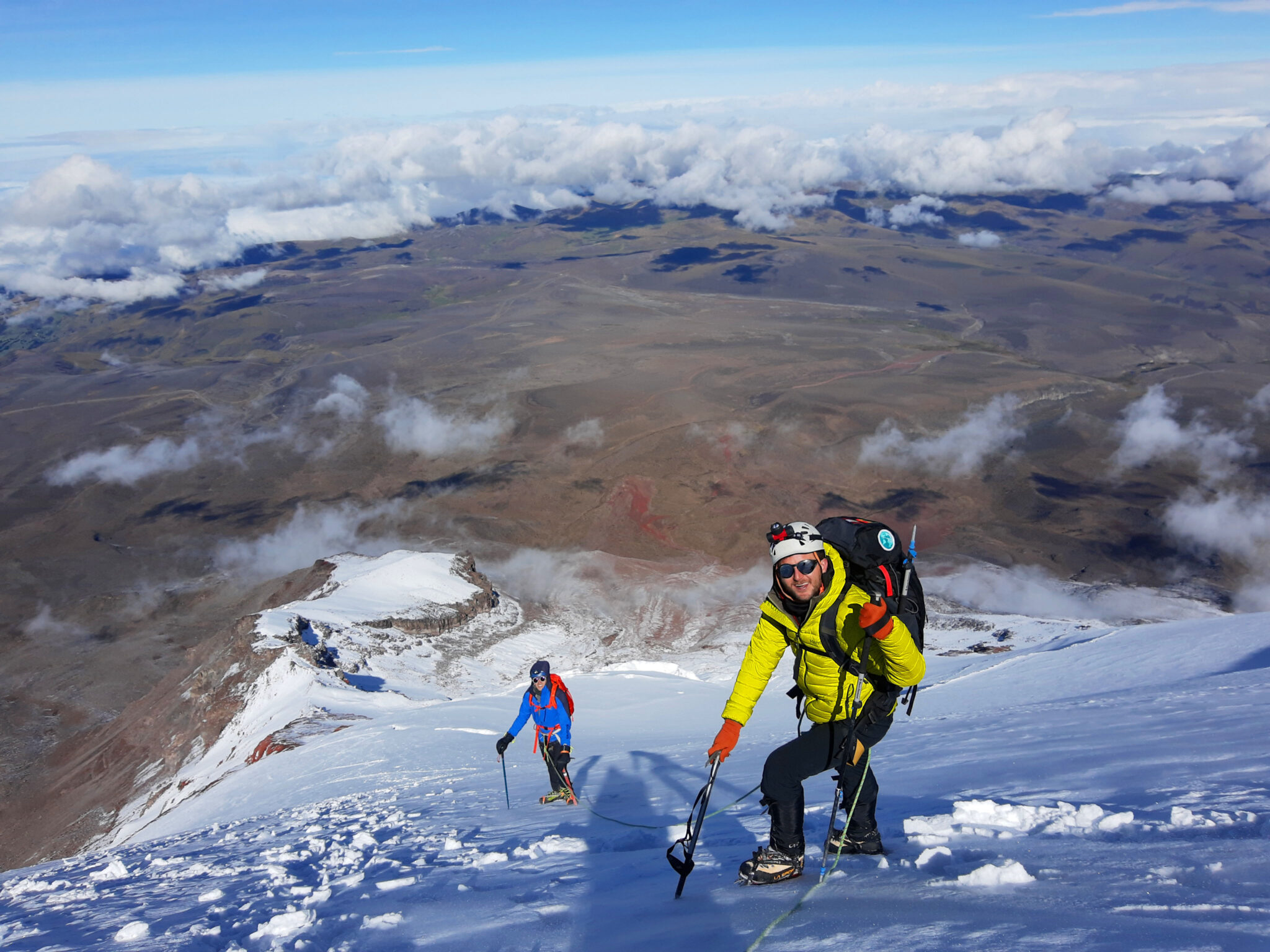
Extreme Level: 9/10
Best time: January – December and July – August
Not only the highest active volcano in Ecuador but the highest in the Northern Andean Volcanic Zone. Close to populated areas in Ambato and Riobamba basins
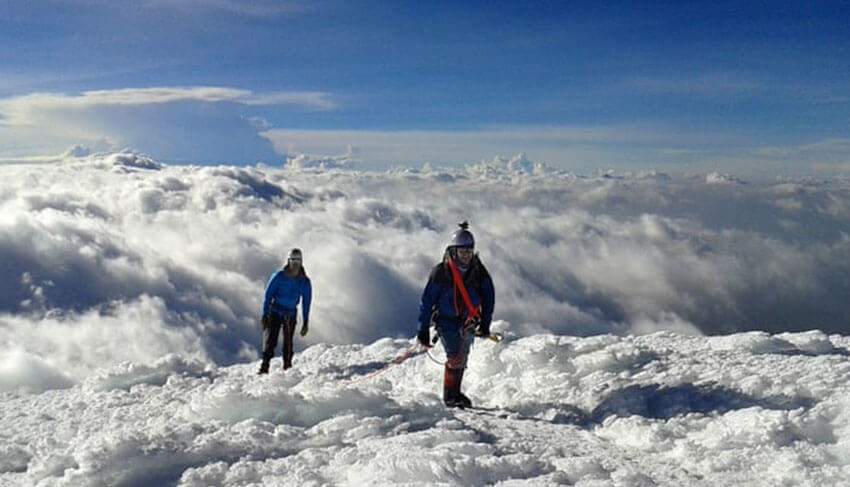
Good news:
- gorgeous volcanic landscape
- can climb Chimborazo, in 7-8 hours can reach the summit – you wont believe but its better to start climbing at night to reach the summit before the sunrise (snow melts right after the sun comes out which could cause rockfall)
Bad news:
- dangerous to climb due to the risk of severe weather conditions, rockfall, avalanche
- advanced climbing skills are required as well as time for acclimatisation and preparation
SALAR DE UYUNI, BOLIVIA
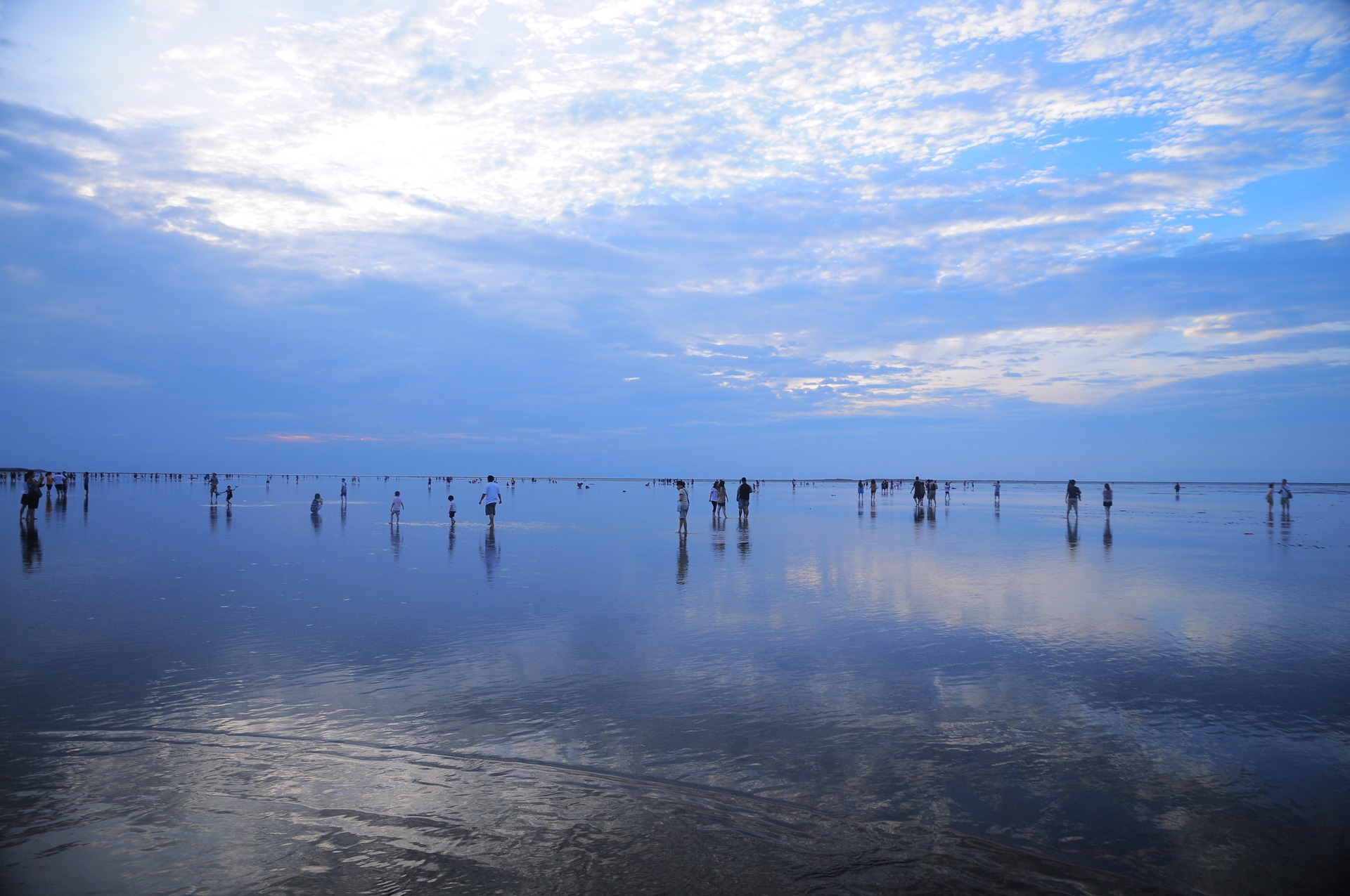
Extreme Level: 6/10
Best time: January – April (May – November (no mirror effect))
The largest salt flat on Earth, over 10,000 sq km/3,900 sq mi in area surrounded by other natural wonders of the Altiplano –volcanoes, steaming hot springs, and high mountains, South America’s most extreme and remarkable landscape vistas, unique ecosystem, desertlike landscape of bright-white salt, about 10 billion tons of salt! rock formations, rare wildlife. Located where Bolivia, Argentina, and Chile meet
Good news:
- incredible view on seemingly infinite horizon, mirror-like flat surface (during the rainy season)
- wildlife spotting – several species of flamingos, tourists can easily reach it from three different starting places (Bolivia, Argentina, Chile), considered safe for tourists
- extra food and water is provided with a tour
Bad news:
- high-altitude that you have to adopt (La Paz, capital of Bolivia – the worlds highest city, 3,869m is an average elevation)
- extreme physiochemical properties
- high Ultraviolet (UV)
- extreme temperatures
Oceania
CASCADE SADDLE, NEW ZEALAND
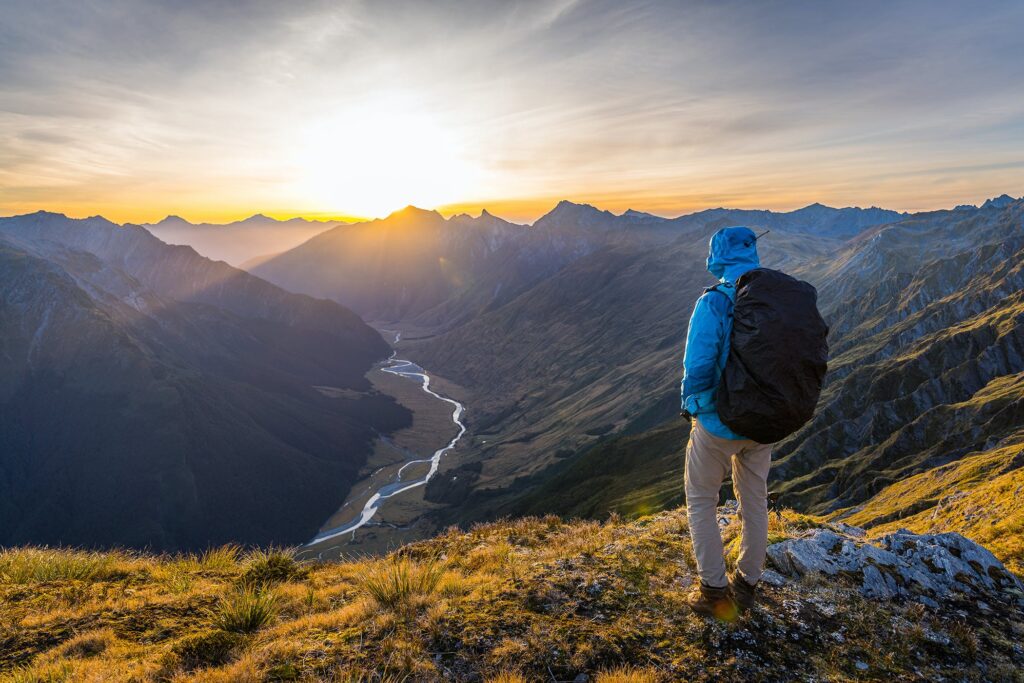
Extreme Level : 6/10
Best time: December – March
Hiking trail – the walk through the scenery landscape
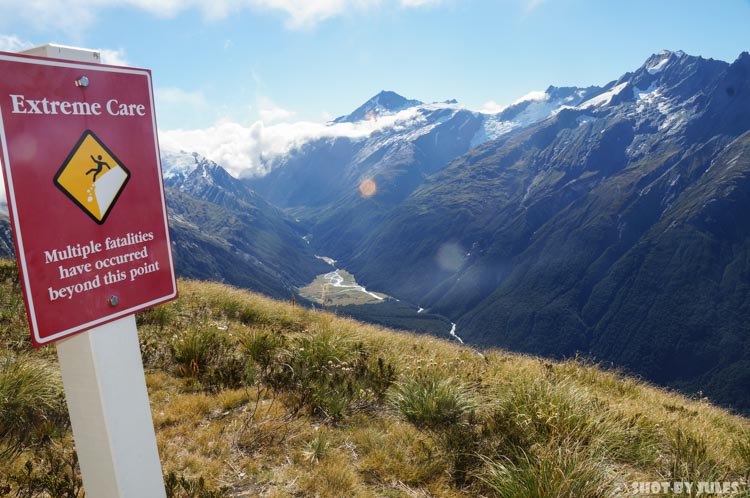
Good news:
- Beautiful landscape, links the Matukituki Valley with the Dart Valley, Lord of the Rings was filmed here
Bad news:
- Slippery rocks, for enthusiasts with navigation and high level of backcountry skills and experience
Above the sea level | 1524 m (50000 ft) |
Asia
MOUNT HUA SHAN, CHINA
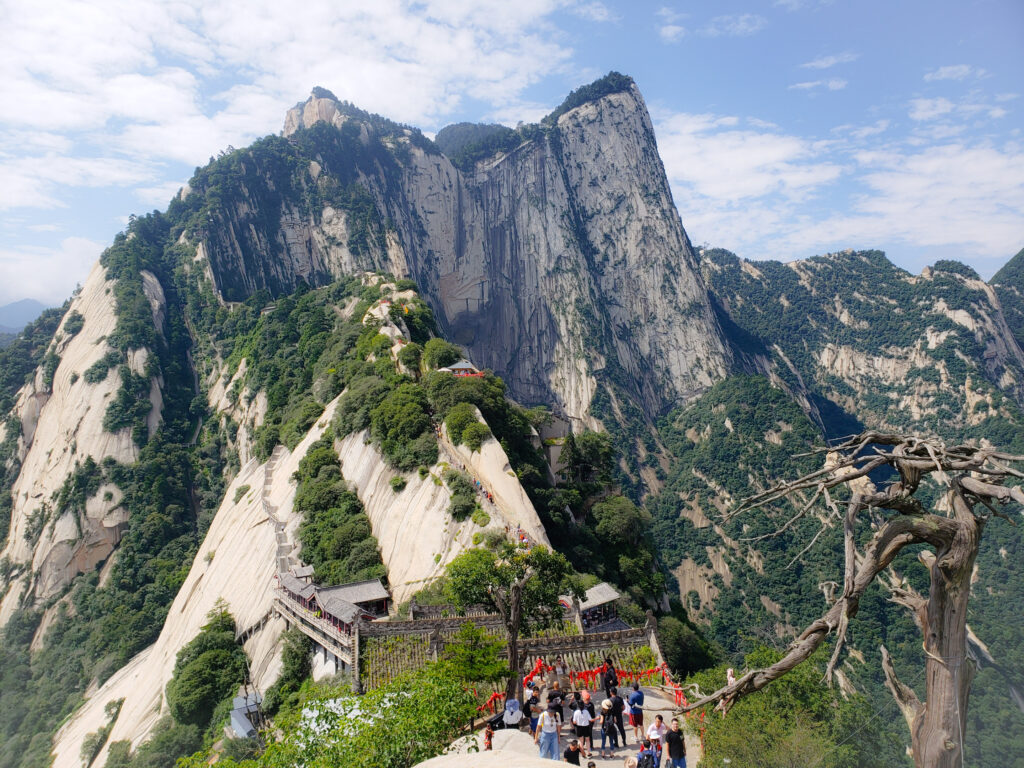
Extreme Level: 7/10
Best time: April – October
Hiking trail – 12 km long, long history of religious matter, including many legends about deities and immortality, among the five sacred mountains in China
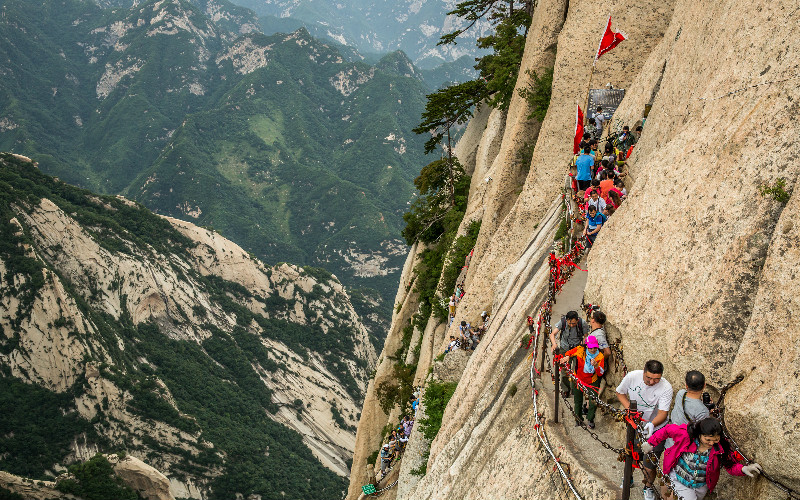
Good news:
- breathtaking cliffs of 12 km long
- 4 to 6 hours long of the hike with its amazing views
- platform to view the sunrise, can use a cable car for easier route
Bad news:
- one of the world’s most dangerous hikes in the world
- tiny trek made of few planks of wood bolted into the side of a 2,090 m (6,857 ft)
- peak to reach a small shrine, iron chains to rely on
Above the sea level | 2,090 m (6,857 ft) |
MOUNT PINATUBO, PHILIPPINES
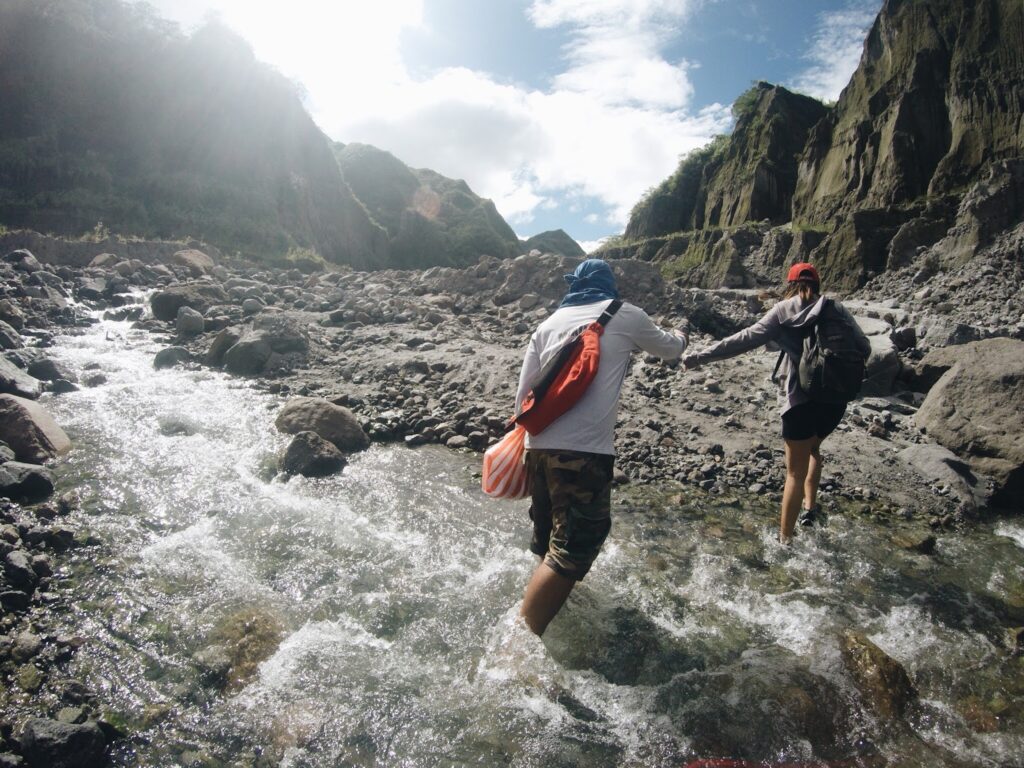
Extreme Level: 6/10
Best time: October – May
Hiking trail – stratovolcano made of andesite and dacite, no evidence of large explosive eruptions, lies 55 miles northwest of Manila, was home to more than 30000 people who lived in villages on its slopes when the mountain was covered with vegetation
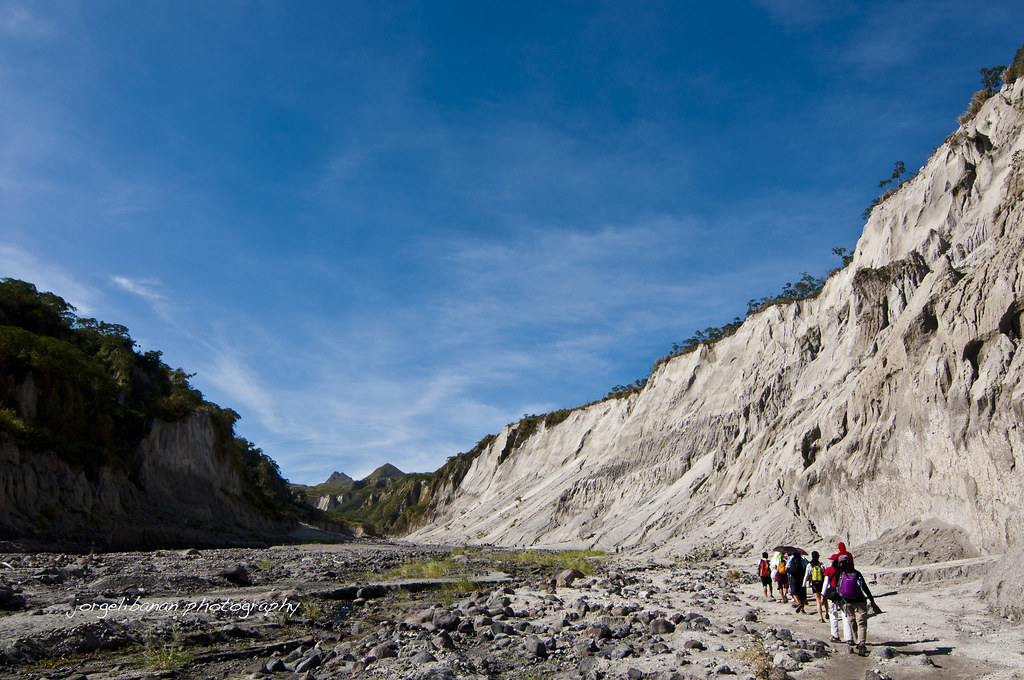
Good news:
- breathtaking adventure
- beautiful view on the volcanic landscape
- last volcanic eruption was in 1991… according to some scientists its likely to be safe by now
Bad news:
- its eruptive history was unknown
- volcanic activity happened on 1991
- often closed to observe due to heavy rain, volcanic activity, and military exercises
Above the sea level | 1,486 m (4,875 ft) |
Mount Everest, Nepal and Tibet
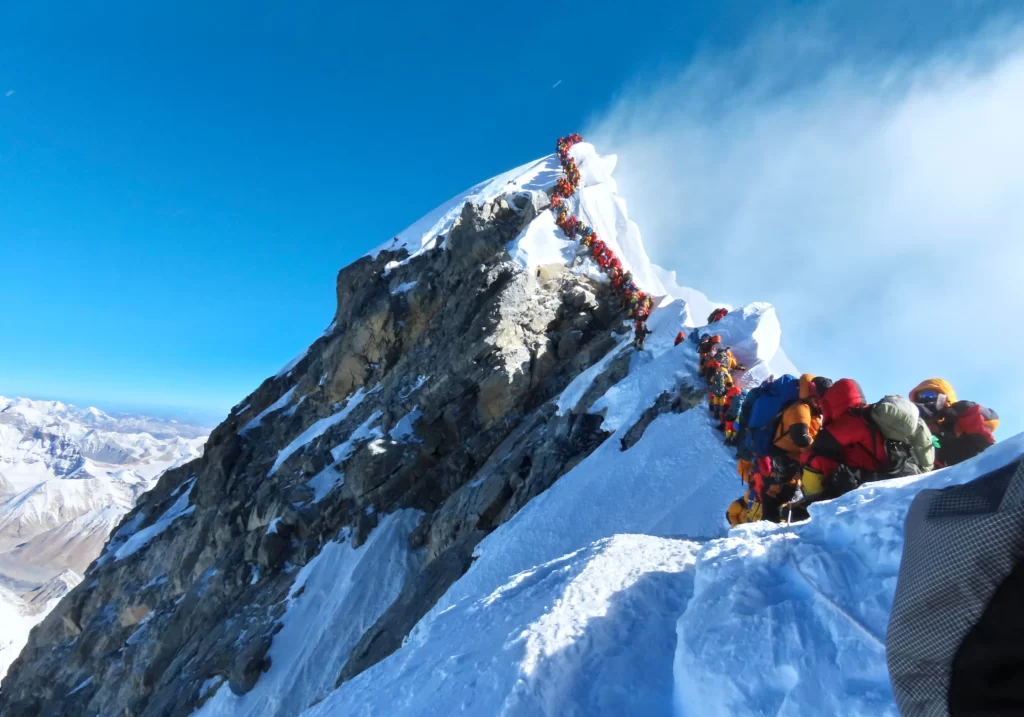
Extreme Level: 9/10
Best time: March – May and October – November
Hiking Trail – 8,850 meters (29,035 feet) which is considered as the highest of the Himalayan mountains and in the world in general. Frankly, it might get higher since tourists made up that tradition, once reaching the peak of the mountain leave your flag, some fabric from your inventory or other belongings. There are other names for Everest, (George Everest, British surveyor General of India (1830 – 1843)) Chomolungma, which means the “Mother Goddess of the World”(Tibetan) and Sagarmatha (Nepali), which has various meanings. Has high level of extreme as it has a solid list of “Bad News” factors, including time, extreme cold temperatures, radiation dose.
Good news:
- breathtaking views being on top of the world
- deep sense of joy and thankfulness lasts a lifetime
- status – the mountain climber overcoming the tallest mountain on earth
- ethnic group ‘Sherpa’ people serve as a mountain guide. They often carry the oxygen balloons for the tourists. Sherpas live at such a high altitude year round, they are accustomed to the low oxygen levels
Bad news:
- who tackling Everest receive a radiation dose which is 5 times more than the average annual exposure of a nuclear power worker
- risk of receiving mountain sickness with brain or lung edema (since it required about 40 days to climb the Everest)
- altitude sickness
- acute mountain sickness is one of the most challenging aspects of any high-altitude peak climbing adventure
- unpredictable weather
- extreme cold temperature
- “traffic jams” at the death zone just before reaching the summit
- khumbu icefall
- avalanche
- summit fever
- crevasses
- lack of experience
Above the sea level | 8,850 m (23,035ft) |
K2, Nepal and Tibet
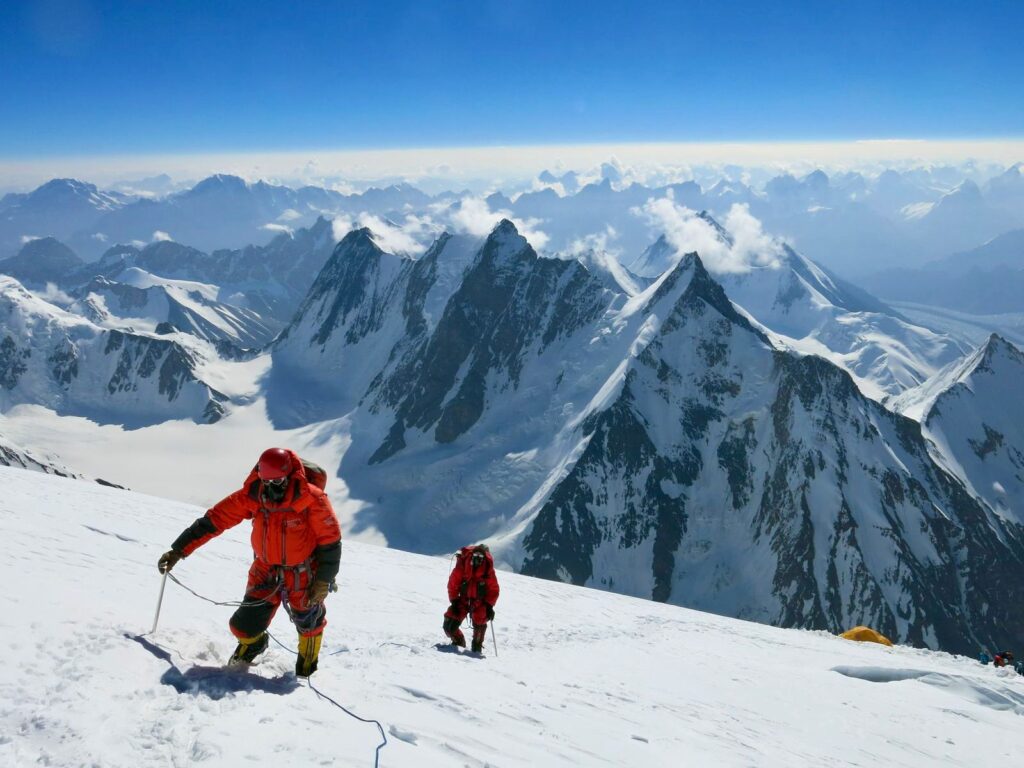
Extreme Level: 10/10
Best time: mid-June to mid-September
Hiking Trail – 8,611 m above sea level, 2nd highest mountain on Earth, after the Everest. It lies in the Karakoram range as a second peak, and that is why it is called K2. Located to the northeast of the Himalayas on the border of Pakistan and China. The planet’s toughest and most dangerous mountain to climb. Nicknamed as “Savage Mountain”, maybe for the fact that unlike Everest, on K2 it is impossible to “walk” to the top, you must climb all way up.
The best time for trekking to the K2 base camp is during the months of July and August.
Good news:
- breathtaking views being on top of the world, bit lower than the Everest
- deep sense of joy and thankfulness lasts a lifetime
- status – the mountain climber overcoming the tallest mountain on earth
- ethnic group ‘Sherpa’ people serve as a mountain guide. They often carry the oxygen balloons for the tourists. Sherpas live at such a high altitude year round, they are accustomed to the low oxygen levels
Bad news:
- inclement weather
- who tackle the mountain receive a radiation dose which is 5 times more than the average annual exposure of a nuclear power worker
- risk of receiving mountain sickness with brain or lung edema
- altitude sickness
- acute mountain sickness is one of the most challenging aspects of any high-altitude peak climbing adventure
- unpredictable weather
- extreme cold temperature
- “traffic jams” at the death zone just before reaching the summit
- icefall
- avalanche and frequent rockfalls
- summit fever
- crevasses
- lack of experience
Above the sea level | 8,611 m (28,251 ft) |




